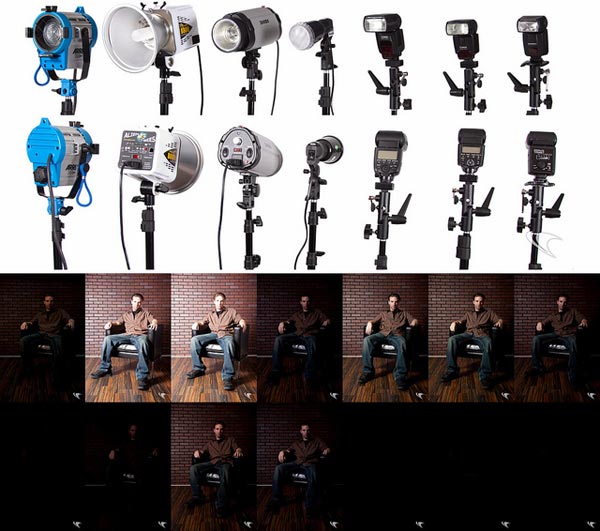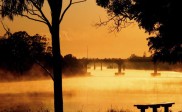How to Choose the Right Studio Lighting
Even if a photographer has great vision and uses a powerful camera, the shot will only succeed when the correct lighting is used. Hence, you think about adding lighting equipment to your photography budget if you want to prosper as a photographer. Studio photographers are aware of this fact and usually spend significantly more money on lighting as compared to lenses and cameras. However, there are some photographers who take the reverse approach, spending more money on cameras than on lighting. This is not a good practice as lighting does have a very huge difference to the overall quality of photographs.
Basic lighting options
There are three main lighting options that a photographer can choose from. They include cool lights, hot lights and flash. Remember that the lighting you choose depends on the kind of photography that you are going to be doing.
1. Hot lights
Hot lights, also called tungsten lights, are usually very hot. They are approximately 500-900 watts and they are used during video production, which needs continuous lighting. Hot lights are also used when photographing tiny products. However, they do not actually have sufficient power to photograph people since they demand high ISO settings on the camera along with a limited shutter speed. Furthermore, they are normally very hot can cause fire easily. The other reason why hot lights should not be used when photographing people is because they are too bright when shining in a person’s eyes. This can distort the picture and result in a scowl rather than a smile. Lastly, they produce a warm color and even though it is possible to adjust color balance, the color will not mix well with flash or daylight.

Photo by Louish Pixel
2. Cool lights
It is better to use cool lights since they are fluorescent and do not run hot. Hence, they do not create a tangible risk of fire and are more comfy for every person involved during the photo shoot. Cool lights are also similar to the color of daylight and thus they can be utilized when there is already sunlight in the studio. Furthermore, they can also be used together with flash. Nevertheless, they have little power compared with flash and thus they cause problems with limited shutter speeds and high ISO. Even though you can still adjust fluorescent lights through switching off the bulbs, the adjustment range is very limited.
3. Flash
Flash is commonly used by most studio photographers, as it is simpler to use and has more power compared to fluorescent lights and hot light. It also does not have the limitations linked to the aforementioned lighting options.
How to choose the correct power
1- Find out how close the lights will be to the subject. If you want to photograph very tiny subjects like a cell phone, then your lights should be positioned very close and low power will be required. However, if you are taking a picture of the store that sells the cell phones, you should place your lights at a far distance and a large quantity of power is needed.
2- You should also look out for reflections from walls and ceilings as this makes a huge difference. In small studios with white paint on walls and ceilings, the light usually bounces around everywhere and is softened. It is also more intense compared to when you are photographing in a huge studio that has a very high ceiling.
In conclusion, light is an important element in photography. It offers so many possibilities when creating beautiful images. Choosing the suitable light will help make your pictures more realistic.



